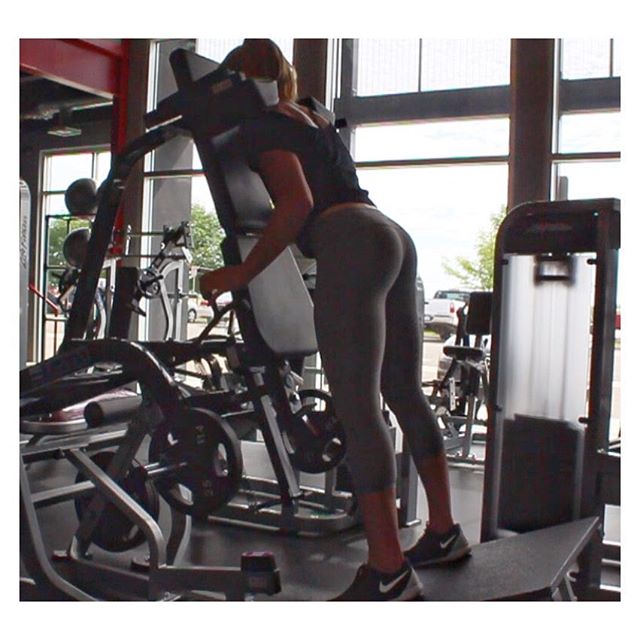Some thoughts and discussions from me.

Load, implement, power, volume, density, tempo, etc. These are all variables of overload/intensity in a training program. Put simply, they are all ways to manipulate the intensity or purpose/outcome for your workout plan.
I’ve talked about progressive overload quite a bit on the blog, but today I want to talk about one specific modality: Tempo!
What is Training Tempo and Why Do We Use it?
Tempo, in short, is the speed at which you lift the weight or execute the movement. There are typically four variables in the tempo for any exercise, and you’ve probably seen it prescribed as such:
3110
20X0
4102
But what do those numbers actually mean?
It’s a sequencing of four digits, describing the speed (in seconds) at which to lift, lower, and hold the weight or movement.

Personally, I love using tempo to manipulate my workouts for a few reasons, which I’ll get to in just a minute. For now, let’s talk about what tempo actually is.
As I mentioned before, there are four parts to any basic lift:
XXXX
- The Eccentric Contraction, or the ‘stretching’ portion of the lift. Think extending the arms down in a biceps curl.
- The Bottom Isometric Contraction. Think when the arm is extended down in the biceps curl.
- The Concentric Contraction, or the ‘shortening’ portion of the lift. Think when the arm is curling up in a biceps curl.
- The Top Isometric Contraction. Think when the arm is flexed at the top of a biceps curl
Why Do We Use it?
Put simply, it’s another way to progress an exercise. Oftentimes, I see people simply adding more and more weight to progress an exercise, when they should be focusing much more on the execution of the movement – either with form or with tempo.
Manipulating the speed at which we move the implement allows us to place more time over tension on the muscles. This is also especially helpful if we aren’t able to use load/weight to increase the difficulty.
For example, I have one client who is limited to lifting no more than 50 pounds for medical reasons. We use the heck out of tempo manipulation (as well as unilateral training, lever length changes, grip changes, implements, etc.) to continue advancing her workouts and seeing more results.

My personal favorite way to manipulate tempo is to extend the eccentric contraction//stretching portion, because it gives you more bang for your buck. Extending the eccentric contraction produces eccentric overload by producing force on the muscle when it’s lengthening, which essentially means more tension is placed on the muscle during the eccentric contraction.
This is why we tend to be much more sore when placing more emphasis – and extending the tempo – on eccentric contractions. It’s also great for increasing power for sports, but that’s another topic for another day.
I also like to shorten the top of the isometric contraction in some exercises, because this is often the “resting position” of many exercises. For example, if we shorten the top of the isometric contraction in the push up (when the arms are extended,) we shorten the ‘resting position’ of the exercise….thusly making it harder. Muahaha 😉

I typically only use tempo manipulations with more advanced clients, as “steady and controlled” typically works as a great tempo when the emphasis is more so on execution and form. But after establishing a good neuromuscular connection, adding in tempo to your workouts can be a fantastic way to produce results and advance your training.

